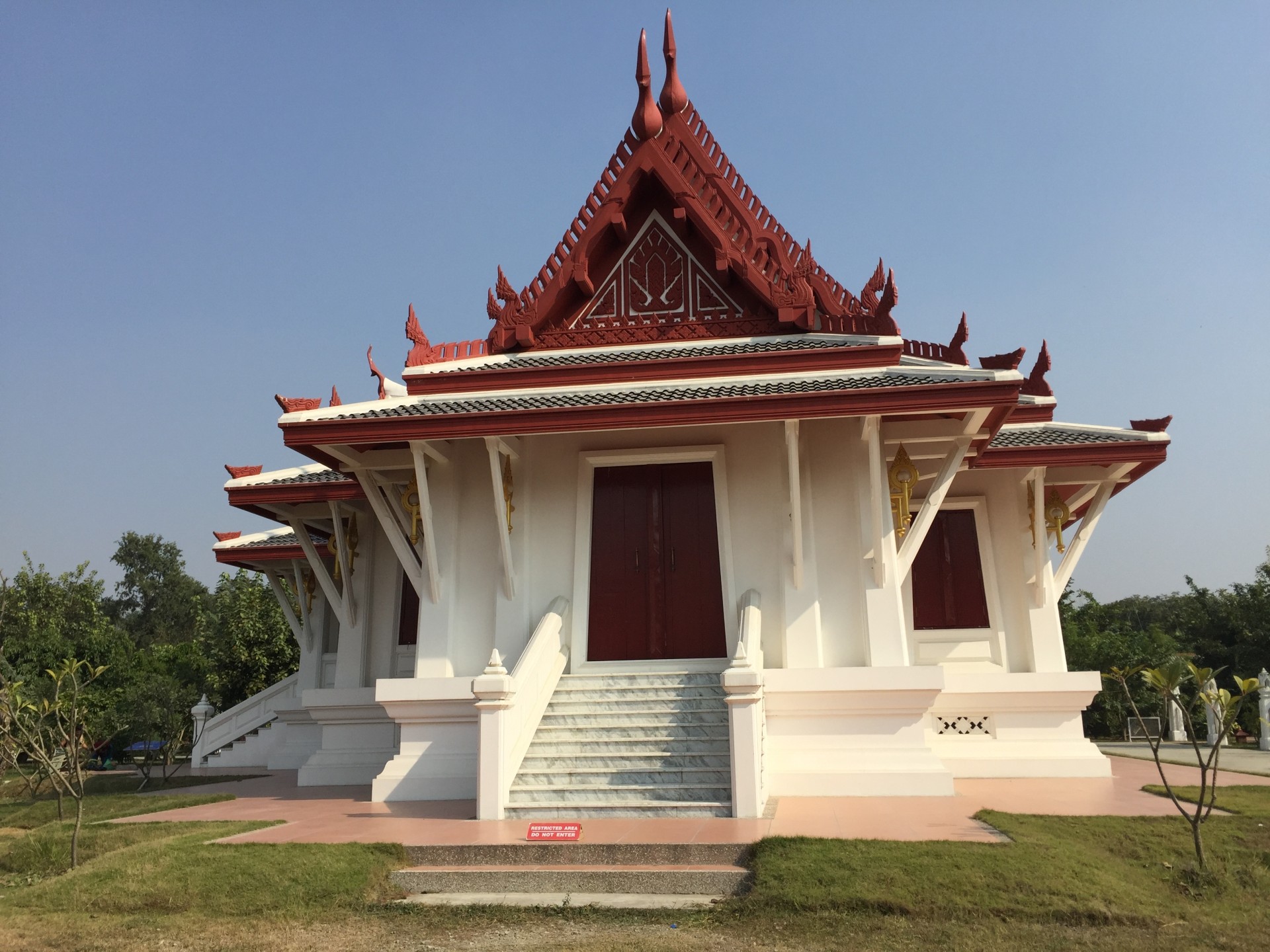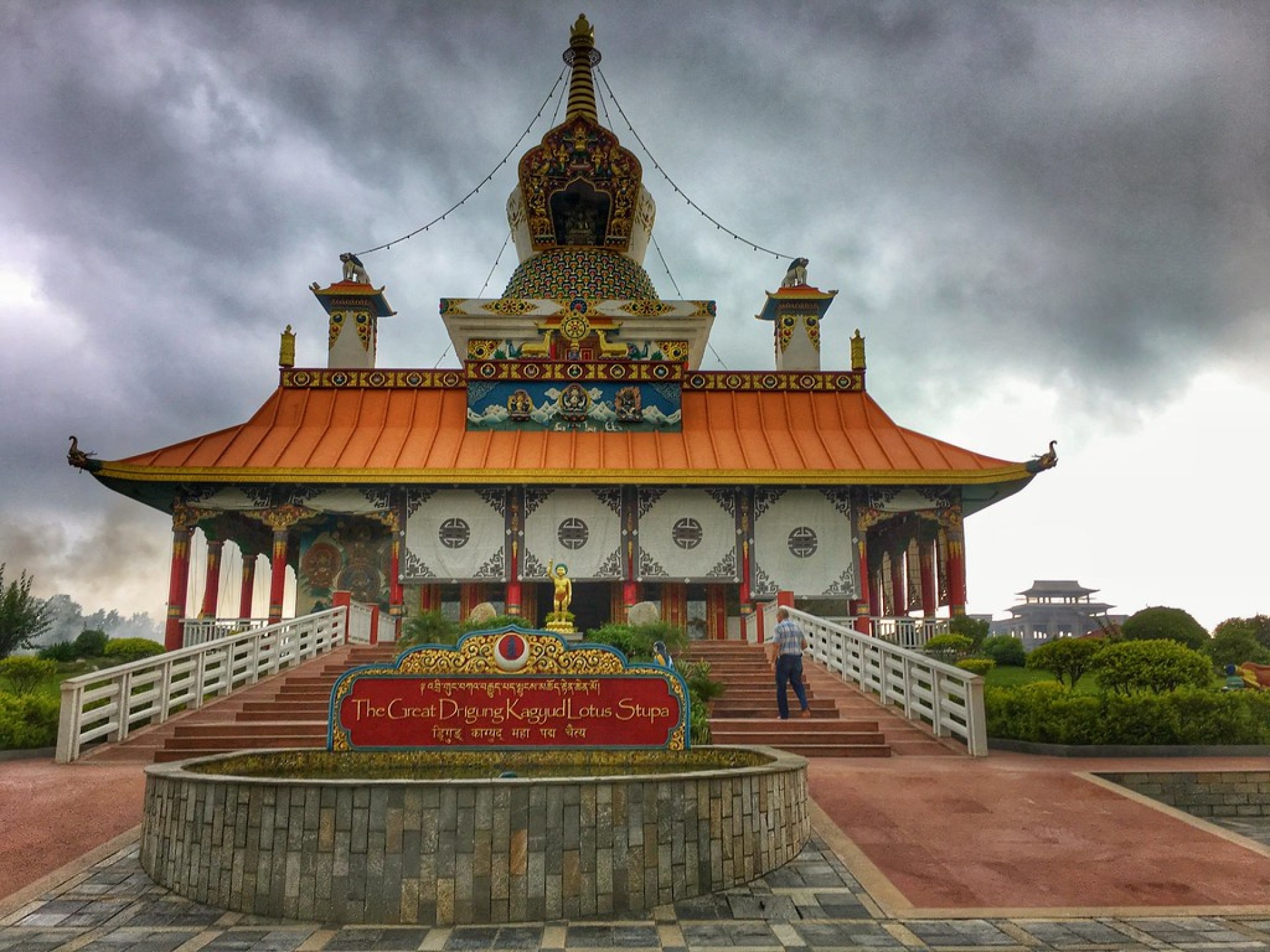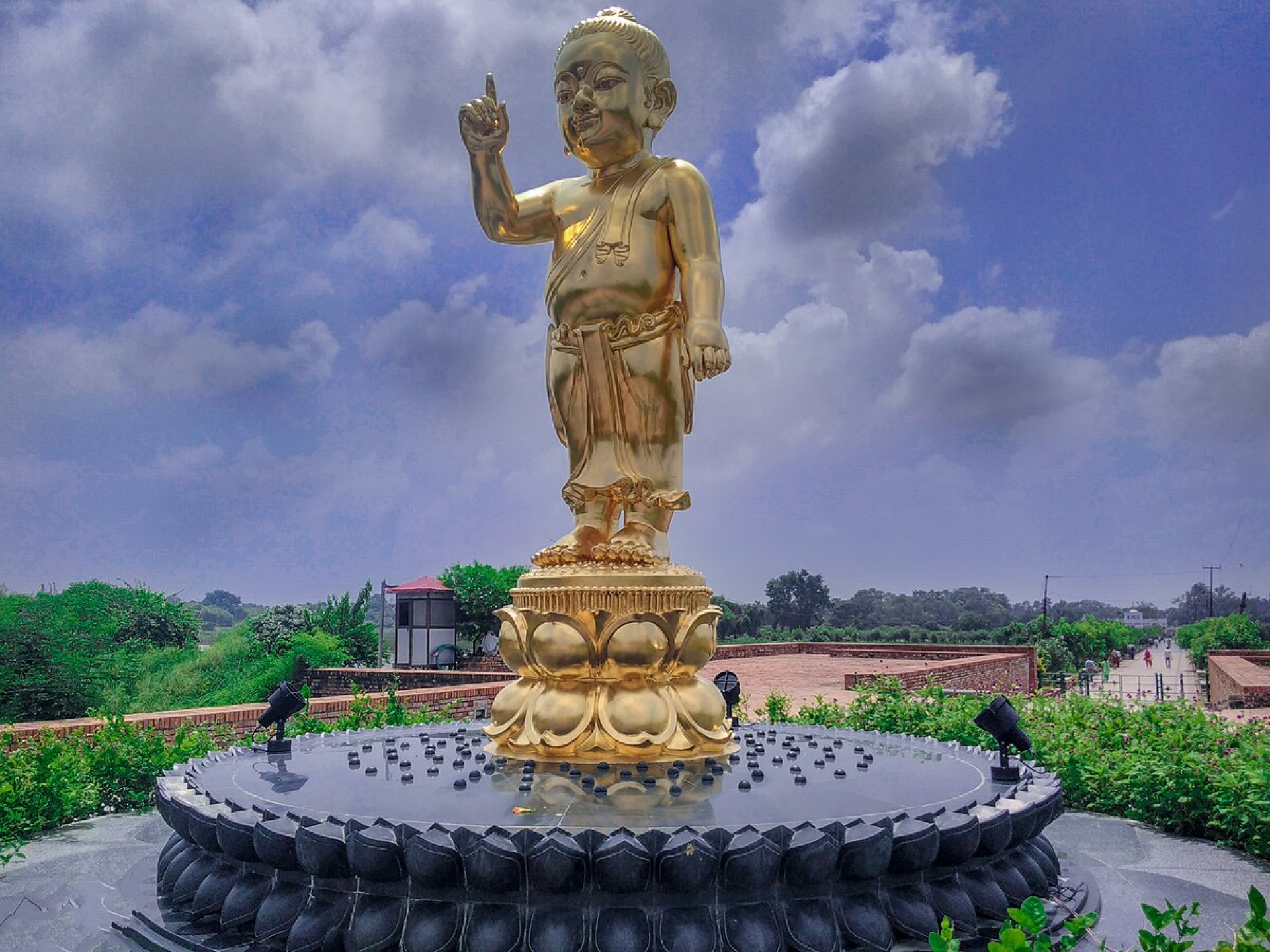-
Places to go
-
Things to do
-
Adventure
Nature
Culture
Wellness
Others
-
-
Festivals & Events
-
Festivals
Event Calendar
-
-
Plan Your Trip
-
Trip Ideas
Travel Details
Book Your Trip
-
- Travel Updates
Sacred Monasteries of Lumbini: A Global Monastic Landscape of Peace
Lumbini, in Nepal’s Rupandehi District, is one of the world’s most sacred places. Recognized as the birthplace of Siddhartha Gautama—the Buddha—it has drawn pilgrims for over two millennia. Inscribed as a UNESCO World Heritage Site in 1997, Lumbini today is not only a site of ancient archaeology but also a living landscape of global Buddhist culture. Central to this vision are the international monasteries built within the Lumbini Master Plan, designed to embody peace, unity, and spiritual diversity.
The Master Plan and Monastic Zone
The Japanese architect Kenzo Tange designed the Lumbini Master Plan in 1978, dividing the site into three main areas:
Sacred Garden – home to the Mayadevi Temple, Ashokan Pillar, Marker Stone, and archaeological ruins marking the Buddha’s nativity site.
Monastic Zone – a large area devoted to international monasteries, separated into two parts by a central canal.
New Lumbini Village – for tourism services and infrastructure.

The Monastic Zone itself is carefully divided:
East Monastic Zone: reserved for the Theravāda tradition (South and Southeast Asian countries).
West Monastic Zone: dedicated to the Mahāyāna and Vajrayāna traditions (East Asian and Himalayan countries).
The zone has space for 42 plots (13 in the East and 29 in the West). Today, around 32 monasteries and meditation centers have been constructed or are under construction, each representing the cultural heritage of a different country.

Architectural and Cultural Diversity
Walking through the Monastic Zone feels like journeying across Buddhist cultures from around the world:
Royal Thai Monastery (Thailand, East Zone): A gleaming white-marble temple reflecting Thai Theravāda elegance and simplicity.
International Gautami Nuns Temple (Nepal, East Zone): Established for Buddhist nuns, promoting education and meditation.
Myanmar Golden Temple (East Zone): Inspired by Burmese pagodas, adorned with golden spires.
Chinese Monastery (West Zone): A grand pagoda-style temple richly decorated with traditional motifs.
Vietnam Phat Quoc Tu (Vietnam, West Zone): Featuring traditional Vietnamese Buddhist art and a large standing Buddha.
Drigung Kagyud Lotus Stupa (Germany, West Zone): A Vajrayāna stupa built in Tibetan style, serving as a meditation and retreat center.
Korean Monastery (South Korea, West Zone): Blending Korean Buddhist architectural tradition with serene meditation spaces.
Each monastery serves not only as a religious monument but also as a living center of learning, meditation, and intercultural exchange.

Spiritual and Symbolic Features
The Monastic Zone of Lumbini is not only a showcase of international Buddhist architecture but also a space enriched with spiritual and symbolic elements that embody the universal values of peace and harmony. At its heart runs a central water canal, stretching from the Sacred Garden to the monastic complexes, symbolizing purity and the flow of life while offering visitors a tranquil path for walking or boat rides.
Alongside these serene landscapes stand monuments of peace that reinforce Lumbini’s role as a global sanctuary. The Eternal Peace Flame, lit in 1986 during the International Year of Peace, burns continuously as a reminder of humanity’s aspiration for nonviolence and unity. Complementing it is the World Peace Bell, installed in 2005, whose resonant chimes echo the shared hope for harmony among nations and cultures.
Together, these features deepen the meditative atmosphere of the sacred site, transforming Lumbini into a living expression of the Buddha’s timeless message of compassion and peace.
The Sacred Monasteries of Lumbini transform the Buddha’s birthplace into a global mandala of faith and culture. From Thai marble temples to Tibetan-style stupas, each monastery contributes a piece of the Buddhist world to this sacred landscape. Together, they make Lumbini not just a site of memory, but a living expression of the Buddha’s timeless message—compassion, wisdom, and peace for all beings.
Nepal Tourism Board is a national tourism organization of Nepal established in 1998 by an Act of Parliament in the form of partnership between the Government of Nepal and private sector tourism industry to develop and market Nepal as an attractive tourist destination. The Board provides platform for vision-drawn leadership for Nepal’s tourism sector by integrating Government commitment with the dynamism of private sector.



